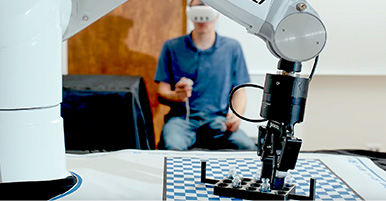Introduction
This paper introduces a pair of relatively new research projects that focus on an innovative type of school that is quietly emerging across the U.S., Inclusive STEM-focused High Schools (ISHSs). Unlike older, highly selective STEM-focused schools that target students
already identified as being STEM gifted/talented, the goal of ISHSs is to develop new sources of STEM talent among underrepresented minority students, and provide them with the means to succeed in school and in STEM jobs, college majors, and careers (Means, Confrey, House, & Bhanot, 2008; Scott, 2009). ISHSs have the exciting potential to create entirely new opportunity structures (Roberts, 1968) for students underrepresented in STEM fields because they help connect the dots between K-12 schooling, higher education, and STEM jobs and careers through innovative education programs that are delivered at the school level, but expand the boundaries of the normal school day and year (Carnegie Corporation, 2009). ISHSs blur boundaries between formal and informal education, and can potentially reconfigure relationships among teachers, students, and knowledge (Coburn; 2003; Elmore, 1996). Their innovative school designs are pushing limits for practice by engaging students with their communities, STEM business and industry, and early opportunities for higher education experiences (Means et al., 2008).


